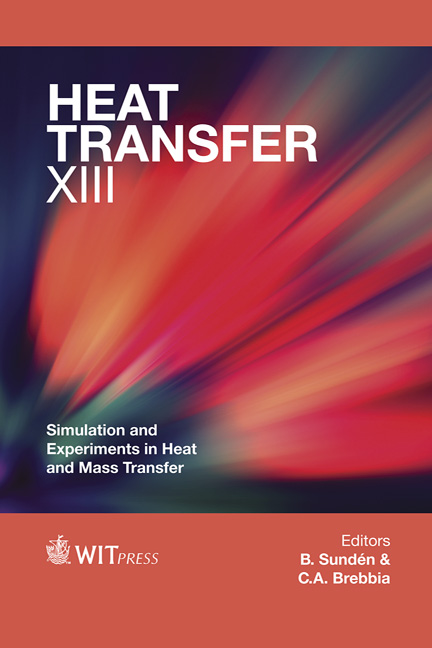The Computational Simulation Of Coupled Heat And Moisture Transport As A Tool For Predicting The Degradation Of Sedimentary Porous Rocks In Historical Masonry
Price
Free (open access)
Transaction
Volume
83
Pages
12
Page Range
205 - 216
Published
2014
Size
1,426 kb
Paper DOI
10.2495/HT140191
Copyright
WIT Press
Author(s)
V. Kočí, Z. Pavlík, J. Fořt & R. Černý
Abstract
A method for the prediction of the degradation problems of sedimentary porous rocks in historical buildings, which has not been frequently used until now, is presented. It consists of a combination of computational and experimental approaches. In the experimental part, durability of the rocks is determined in terms of their frost resistance. In the computational part, a diffusion-type model is used for the description of coupled heat and moisture transport aimed at the identification of the number of frost cycles in a real structure. The prediction of moisture and temperature fields in the envelope parts of historical buildings over a sufficiently long time makes it possible to not only make a reliable estimate of the service life of the applied rocks on the basis of a sufficient amount of input parameters, but also to create a design of the time schedule of possible repairs. As a practical example, several historical walls composed of different types of sandstone are chosen. The influence of the different material parameters of the sandstones on their service life is analyzed, depending on the environmental conditions in a given locality. Conclusions are drawn on the most advantageous type of sandstone for the particular locations with respect to service life. Keywords: sandstone, building envelope, finite element method, dynamic climatic conditions, freeze/thaw resistance, computational analysis.
Keywords
sandstone, building envelope, finite element method, dynamic climatic conditions, freeze/thaw resistance, computational analysis.





